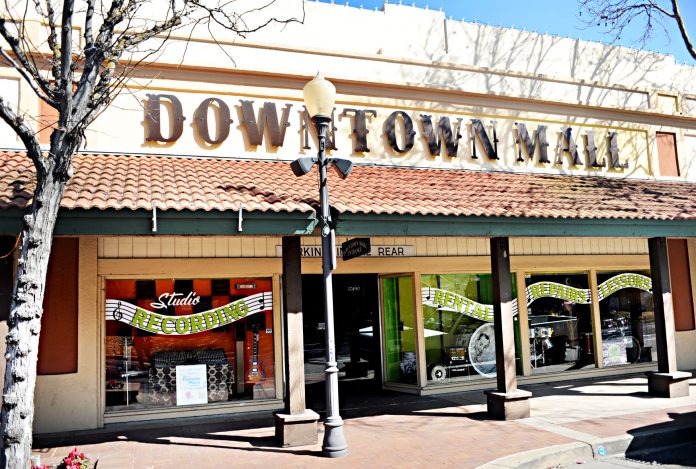With a goal of spurring additional commercial and industrial growth in Morgan Hill, the city council approved a Development Impact Fee Freeze Program, which will peg impact fees at the 2016-17 rate for the next three years.
In an attempt to capitalize on the ever-expanding economic growth of the Silicon Valley region, Morgan Hill hopes the freeze in fees will help to alleviate the high costs of construction and labor costs by keeping impact fees at a lower rate, according to city staff.
By locking the fees at the 2016-17 rate, developers are shielded from the annual cost of living expenses and other infrastructure cost adjustments that happen on a yearly basis.
“We are trying to be very strategic and intentional about the type of development we want to attract to Morgan Hill,” said Edith Ramirez, City of Morgan Hill Economic Development Director. “This Impact Fee Freeze Incentive Program provides certainty to both businesses and developers who are trying to construct commercial projects in a market that is challenged by the rising construction costs.”
Attraction and retention of manufacturing are one of the cornerstones of the city’s Economic Blueprint, a document intended to, “further the community’s quality of life by attracting investment, development, and jobs that will ensure continued economic prosperity,” according to city staff.
The Economic Blueprint, which the council approved in April 2017, identifies four key industries, which are of prime importance to the economic health of Morgan Hill. They include; Innovation and Advanced Manufacturing, Retail, Tourism, and Healthcare.
As of today, Morgan Hill has 247 acres of vacant industrial and commercial property available for developers, along with a 1 percent industrial vacancy rate, according to city staff.
“While we are offering some savings and certainty to developers, we expect to be able to recover those incentives by collecting revenue such as sales tax and property tax,” Ramirez said. “The city only collects nominal revenue from vacant and undeveloped parcels, any development we attract in the next three years will be able to provide positive cash to the city for years to come.”
The various impact fees paid by developers range from use of water, sewage, storm drains, police, fire, traffic impacts; even Burrowing Owl mitigation—a law meant to protect the animal’s natural habitat. The average cost depends on the size of the lot, along with the type of usage.
In 2016 a consulting firm, Strategic Economics, conducted an analysis that created a prototype project development costs in Morgan Hill, Gilroy, and San Jose. Based on the applicable fees, the study concluded that fees for an auto dealer would be $807,000; a hotel would pay $978,000; and a 150,000 square foot high tech/research and development space would cost $1.3 million in fees.
Impact fees are designed to pay for a new construction project’s impact on a city’s infrastructure. These fees, which are collected by the city, are used for capital improvement projects and can only be used to build additional city infrastructure and facilities, not for the ongoing cost of maintenance or operations. Impact fees don’t go into the city’s general fund and are instead put into separate funds depending on the purpose of the fee.








